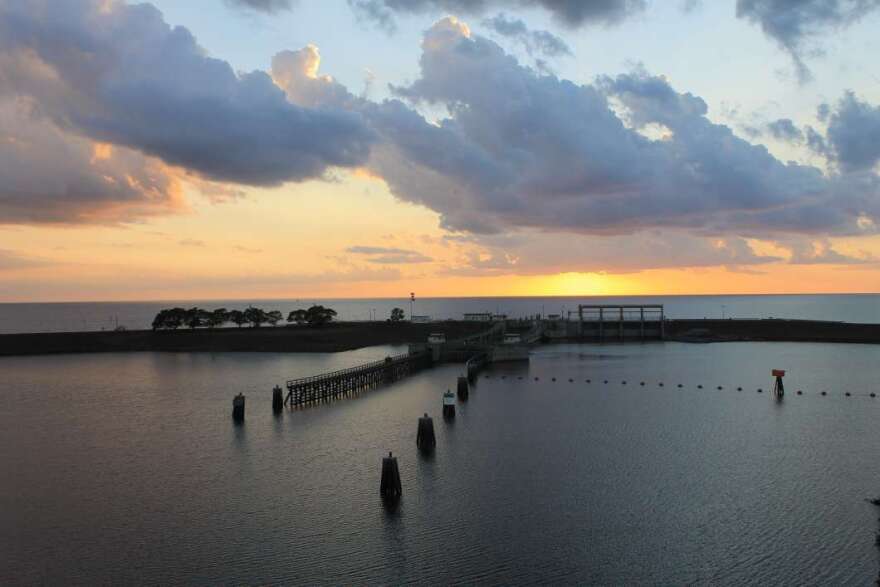Lake Okeechobee’s receding water is offering a clearer view of Irma’s environmental impact.
The water is down by about a foot since the hurricane but remains high at more than 16 feet.
Paul Gray of Audubon of Florida says the water and muck stirred from the lake’s bottom prevent sunlight from reaching important plant communities.
And those plants serve as nurseries for fish.
“You have a huge loss in the lake. You lose the plant communities. You lose the bass fishery, and the crappie fishery tends to tank, too. And it may not come back for years because we just have to sit around and wait for a drought.”
He says the state’s largest lake could lose as many as 70 square miles of vegetation although the full scope of the hurricane’s impact won’t be known for months.
Lake Okeechobee serves as the hydrological heart of the Everglades, a watershed that supports the drinking water for more than a third of Floridians.





